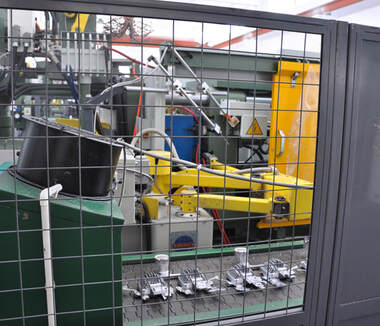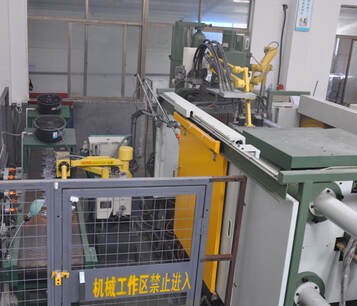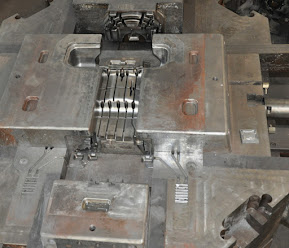Wednesday, June 9, 2021
Learn the Process of High Pressure Die Casting
Thursday, June 3, 2021
Everything You Need to Know About Die Casting
In
movable typing machines, there are requirements of a large number of letters,
punctuation marks, and more, all in single units. But all thanks to aluminum die casting because of which
manufacturers sped up the creation of these individual elements and provided
help in maintaining uniform sizes. For early printing machines, this
advancement in manufacturing technology helped reduce errors and setup times.
Evolution of Die Casting
The
first die casting equipment was a hand-operated and small machine. In 1838, it
was invented and in 1849, got its patent. It is a combination of tin and lead
that was first melted and then poured into a steel mold which was referred to
as the die. The metal took the shape of the mold and gets solidified after the
cooling of the alloy. This final element that was taken from the mold is
referred to as a casting.
During
the first 30 years, the printer’s aluminum die casting process only served to help create type. But in the starting of
early 1890s, in a variety of different shapes more dies were created.
In
almost every major industry the entries of die casting were allowed by new molds
and provided parts for the machinery that was powering the country.
Growth under Pressure
After
the introduction of new alloys, the die casting process had a total makeover to
accommodate new needs and new parts creation. In the early days, for consistent
production of quality products die casting machinery could only produce a
low-pressure injection system. Our machines were developed because of the
improvements in the strength and heat resistance of the materials.
Because of the improvement in equipment and manufacturing capabilities, new methods were established that under moderate pressure were operated and allowed for more flexibility of the shapes crafted. For complex shapes machinery has been designed to include moving parts and plates.
Now a day aluminum die casting china method typically provides a better quality product and a strong finish and has become the standard. In today’s machinery, the die-casted parts created are delivered in extremely high volumes, are strong, have an excellent surface finish.
Get to Know about Direct Investment Casting
Using a ceramic shell built over a wax pattern, Investment casting like aluminum investment casting china is a metal working process to pro...

-
For components of different shapes and sizes, aluminum high pressure die casting is a high volume manufacturing process. To be discussed, th...
-
Aluminum is a metal that is malleable, lightweight, tractable, soft, and durable. Its appearance depends on the roughness of the surface a...
-
In movable typing machines, there are requirements of a large number of letters, punctuation marks, and more, all in single units. But all t...






